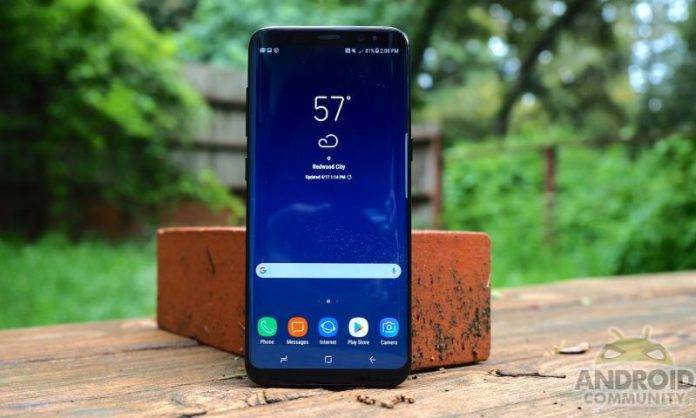
There is a lot riding on the shoulders of the Galaxy S8 and S8+. Samsung couldn’t afford another slip up that would leave it champion-less for another 6 or so months. It is no surprise, then, that Samsung has thrown everything it can at the smartphones without going overboard and frightening off still scarred consumers. The Samsung Galaxy S8, as will the iPhone 8 later this year, will set the tone for this year’s smartphone wars. So how does it fare in the real world? We take the Galaxy S8 and the Galaxy S8+ for a whirlwind ride to bring you that answer.
Design
If there are two things that Samsung got perfect with the Galaxy S8, it would be the design and the hardware. Well, almost. Not everyone will be happy with Samsung’s decision not to have a flat screen version available, but it’s hard to deny that all those curves make the phone look absolutely stunning. Dubbed “Infinity Display”, the screen gently falls off on the the edges, a visual effect emphasized by the near absence of bezels. Of course, there are bezels top and bottom, but they give off the illusion of being entirely part of the visible display.

The Galaxy S8 is longer than any smartphone but also narrower. It even beats the LG G6 in that regard. The end result is that it is even more comfortable to hold in your hand, though care should perhaps be taken not to have the palm activating edges of the screen. The thickness, or thinness rather, of the smartphone, 8.0 mm for the Galaxy S8 and 8.1 mm for the larger S8+, also helps here.
The phone has glass front and back, which seems to be a returning trend in the market these days. While gorgeous to look at, it suffers the same flaw as the Jet Black iPhone 7 and the HTC U Ultra: fingerprint smudges.

Specs
Unsurprisingly, Samsung has put the best of the best in the Galaxy S8, save for one. It is curiously still shying away from slapping on 6 GB of RAM, though that is rumored to be available in certain markets. The Qualcomm Snapdragon 835 is poised to be this year’s king of mobile processors and there is some truth to that. However, its strength will only really be tested when it comes to heavy-duty multi-tasking, something that the Samsung DeX is in the perfect position to test.
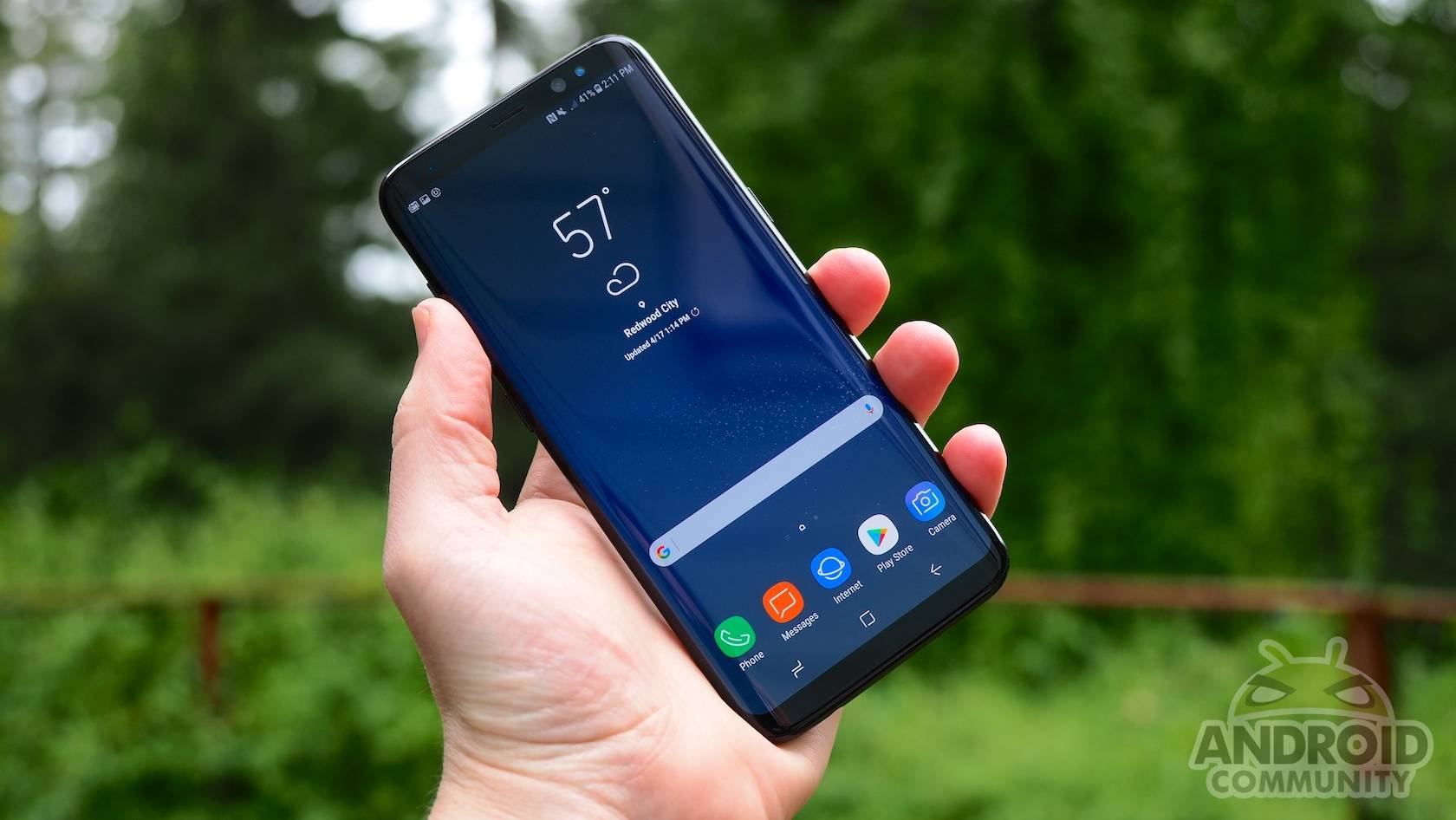
The Infinity Display sports a rather od 2960×1440 resolution. No perfect 2:1, or 18:9 as LG insists, aspect ratio. Instead, you get an 18.5:9 screen that Samsung argues is more suited for widescreen content, like videos, something that the LG G6’s Full Vision screen does poorly. That said, by default, the smartphone scales down to a 2220×1080 or Full HD. This is to help preserve battery life when 2K isn’t really needed. You can even go further down to 1480×720 HD, though that will probably be a bit too much for most.

The Galaxy S8’s front is free of any button or physical control, which brings us to one of the biggest complaints most will have. The fingerprint sensor is located in a rather odd place, right beside the camera lens where it can get the most smudges. Amusingly, Samsung’s camera app will remind you to clean the lens when it gets a bit dirty.
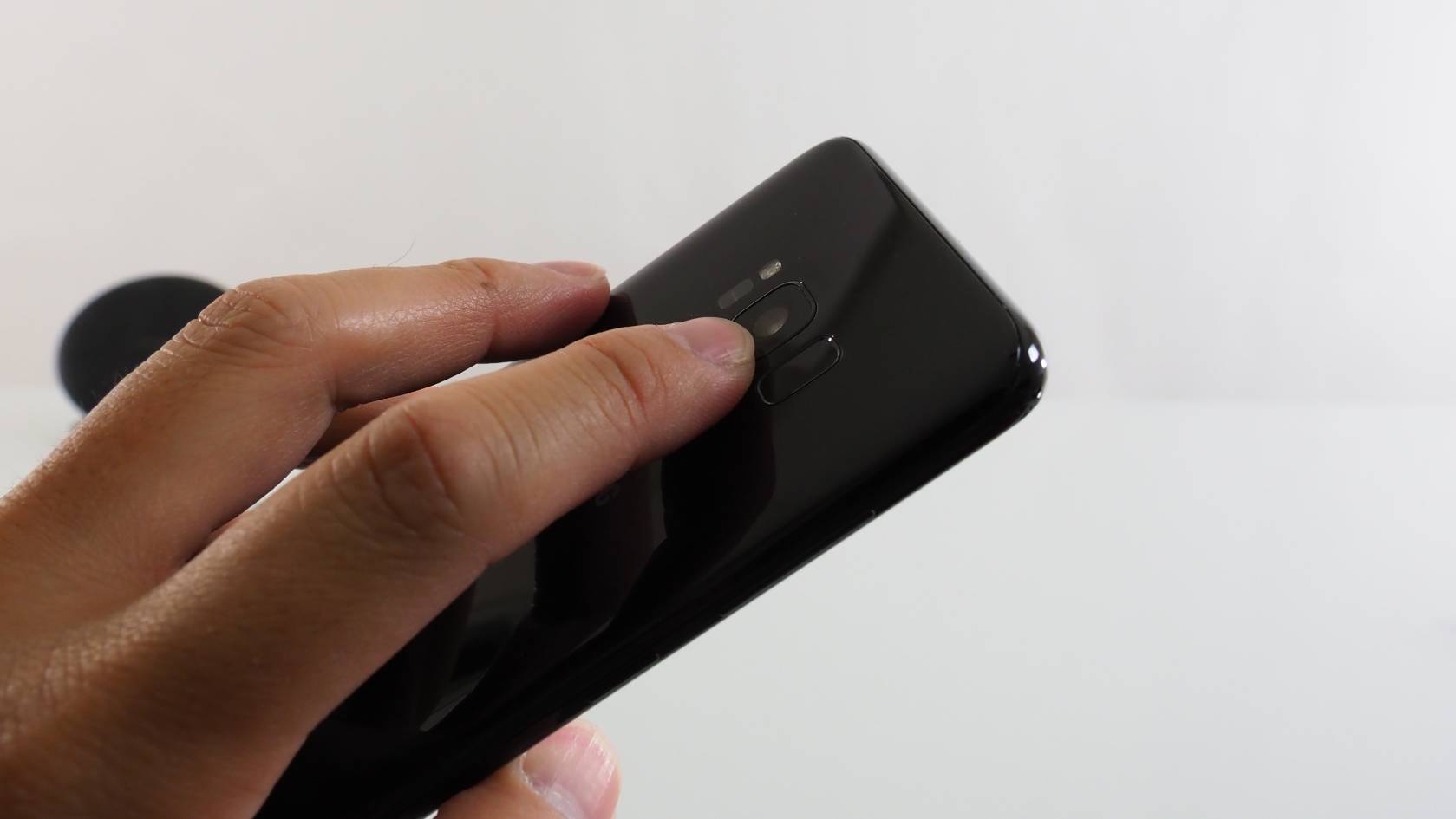
Software
Samsung has learned its lesson about TouchWiz the hard way. In fact, it no longer calls it TouchWiz, at least not formally. Now it’s simply called “Samsung Experience”, but, as they say, a rose by any other name. It’s nearly impossible for Samsung to completely remove all its mods, and that’s not exactly a bad thing to some extent. Even before Google finally decided to officially support split screen multi-tasking, Samsung users have been enjoying that functionality for years. To its credit, Samsung has slowly been shedding off the bloat, but it’s never going to disappear completely.

The Galaxy S8 has its fair share of exclusive custom experiences. Bixby and DeX, for example, which we’ll have to go into more detail later. Given both models are “edge” models, Samsung’s Edge UX is naturally present. Unlike the first iteration, there is more functionality and more options available. It’s still not as varied and myriad as, say Android home screen widgets.
Totally new to the Galaxy S8 is Samsung Connect. This is Samsung’s IoT-centric hub for smart home appliances. The promise here is that your smartphone can be the one and only remote control for your smart home. The reality, however, was far less impressive. While Connect did indeed see our connected devices, like a Sonos speaker or Samsung Smart TV, controlling them was a totally different story. Streaming music to speakers only seemed to work perfectly with Samsung’s own Music app. Using Spotify was a no-go. The Smart TV experience was less eventful, but that’s a Samsung product. Should we expect some brand bias here?
We could probably attribute it to growing pains. But, as we’ll soon see, this is actually the Galaxy S8’s story. And, unfortunately, that might color users’ impressions of the device.
Performance
The Galaxy S8 is a beast, as has been proven by third-party speed tests. But that’s pretty much a given because of its specs. A bit more RAM would have done it good in multi-tasking, and we’re left dreaming of market-specific models we’ll never get.
Next to raw power, however, the most important performance metric is battery life, and here Samsung is treading on glass. After all, it doesn’t want a repeat of last year. The Galaxy S8, despite its petite size, manages to pack a 3,000 mAh battery. The larger Galaxy S8+ naturally takes it up a notch to 3,500 mAh. Samsung has generous estimates in battery life, giving 20 hours of talk time to the Galaxy S8 and 24 hours to the S8+. In our daily use of the device, those numbers did match up to reality. Almost. Your mileage will, of course, vary, but do not expect to take the battery beyond a single day without charging.

And when you do need to top up, you have quite a few ways to do so. Of course, there’s the usual route of plugging in a USB-C cable. Depending on your charger, you can take advantage of quick charging. But lest you forget, Samsung also supports wireless charging, both Qi and the competing PMA kind, so charging should not be an issue. That is, of course, if you’re anywhere near a power source.
Camera
The Galaxy S8 camera will both satisfy and disappoint. On the one hand, Samsung has stubbornly refused to jump into the dual camera fad. To make matters worse, at least on paper, the Galaxy S8’s camera is exactly the same 12 megapixel Dual Pixel camera from last year’s flagship models. In reality, however, dual cameras aren’t always what they’re advertised to be and Samsung has proven itself quite capable of spewing out superb photos and videos with only one lens and one sensor.
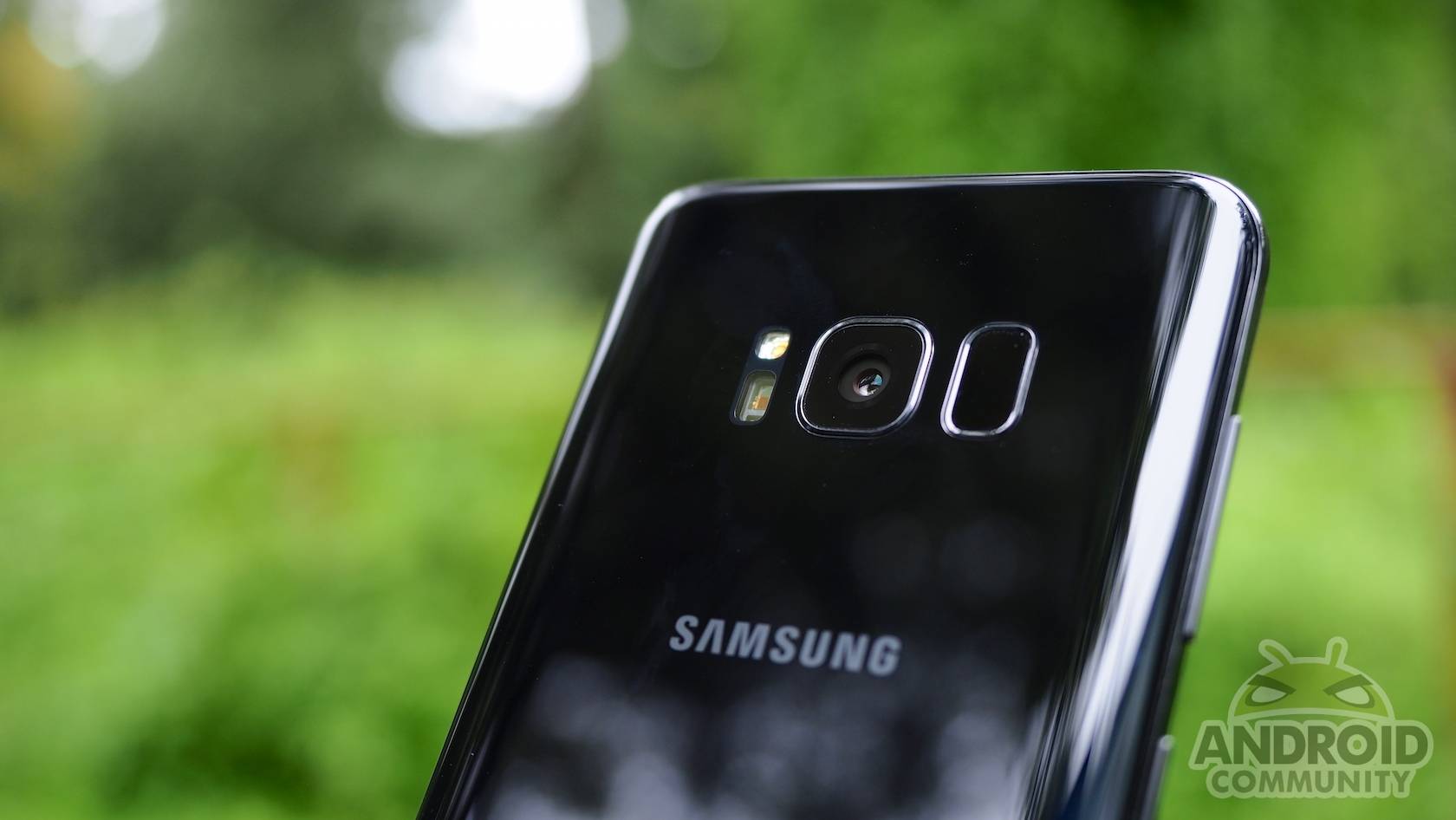
The Galaxy S8’s can definitely hold its head up high in the camera wars. Color accuracy and low-light performance are impressive. The camera app is fast and is just as fast to launch. While the Bixby button can’t be repurposed, double pressing the power button, even while the Galaxy S8 is locked, jumps to the camera app in a blink of an eye.
What the Galaxy S8 lacks in camera hardware it tries to make up for with software. Despite not having a second lens, the Galaxy S8 can still do a pretty decent bokeh effect by picking out the subject and blurring everything else around it. The app also has a manual mode with enough setting to make you dizzy. The one annoying thing about the app is how it relies heavily on gestures to active features or adjust settings. This inadvertently leads to some erroneous gestures and settings errors.
Bixby and DeX
While the Infinity Display is bound to be the highlight of the Galaxy S8’s design, Bixby and DeX, but mostly Bixby, will be the highlight of the smartphone’s functionality. It promises to be the be all and end all of AI-powered personal assistants. Sadly, Samsung is botching it up by not releasing even half of its full potential at launch.
To be fair, Bixby has a variety of functionality, but its biggest draw will be its Voice feature. Samsung itself is perhaps to be blamed by drumming up the hype around it. In a nutshell, Bixby would have been able to control every aspect of your phone using only your voice. In reality, it would probably require that apps hook into some API that would give Bixby access to their functions. Or, at the very least, exploit Android’s built-in accessibility features. Sadly, we won’t be able to put that to the test as Samsung says it won’t be rolling out Bixby Voice until sometime later this year, a fact that will surely disappoint a lot of eager users.
That’s not to say that Bixby won’t have anything special to show, but Bixby Vision isn’t exactly new to our ears or eyes. Vision uses object recognition and computer vision technologies to identify real-world objects and then, connecting to various third-party services, lets you, for example, buy stuff on Amazon, look up wine information, or search for similar uploads on Pinterest. Bixby Home and Bixby Reminders are, to be blunt, simply glorified versions of Google Now, surfacing relevant and interesting content depending on the context and your preferences.
The other unique Galaxy S8 feature is DeX. Together with a DeX Station, the Galaxy S8 is turned into a replica of a desktop interface on a larger screen, complete with panels and floating windows. This would really put the Snapdragon 835 to the test and is the one place where 6 GB of RAM would have been nice. Unfortunately, we didn’t get the chance to review the DeX Station, but stay tuned for that.
Gear VR with Controller
We did get our hands, and head, on the new Gear VR with Controller, which will ship with some very early pre-orders. The headset itself is not really that different from its immediate predecessor. It still uses a USB-C connection, with an adapter for micro USB, and sports the same design as last year’s Gear VR.
The real star of Samsung’s VR show is the new Controller that ironically looks more like an HTC Vive controller than the one made by Oculus, which co-developed the Gear VR system. It’s pretty much your standard fare, one-handed stick that promises three degrees of freedom (3DoF) in VR, definitely much more than that silly touchpad at the side of the Gear VR headset. There’s also a touchpad on the head controller as well for fine-grained control. The one hitch to this otherwise ideal VR experience is that apps and games need to be updated to support the new controller. However, Gear VR experiences that do support the controller can still fall back into the old, controller-less ways.
Wrap-up
The Samsung Galaxy S8 is arguably the best of show smartphone of 2017. It has all the makings of a competitive and gorgeous flagship and then some. A beautiful Infinity Display, raw power, and an ecosystem of features and accessories make it the Android smartphone to beat.
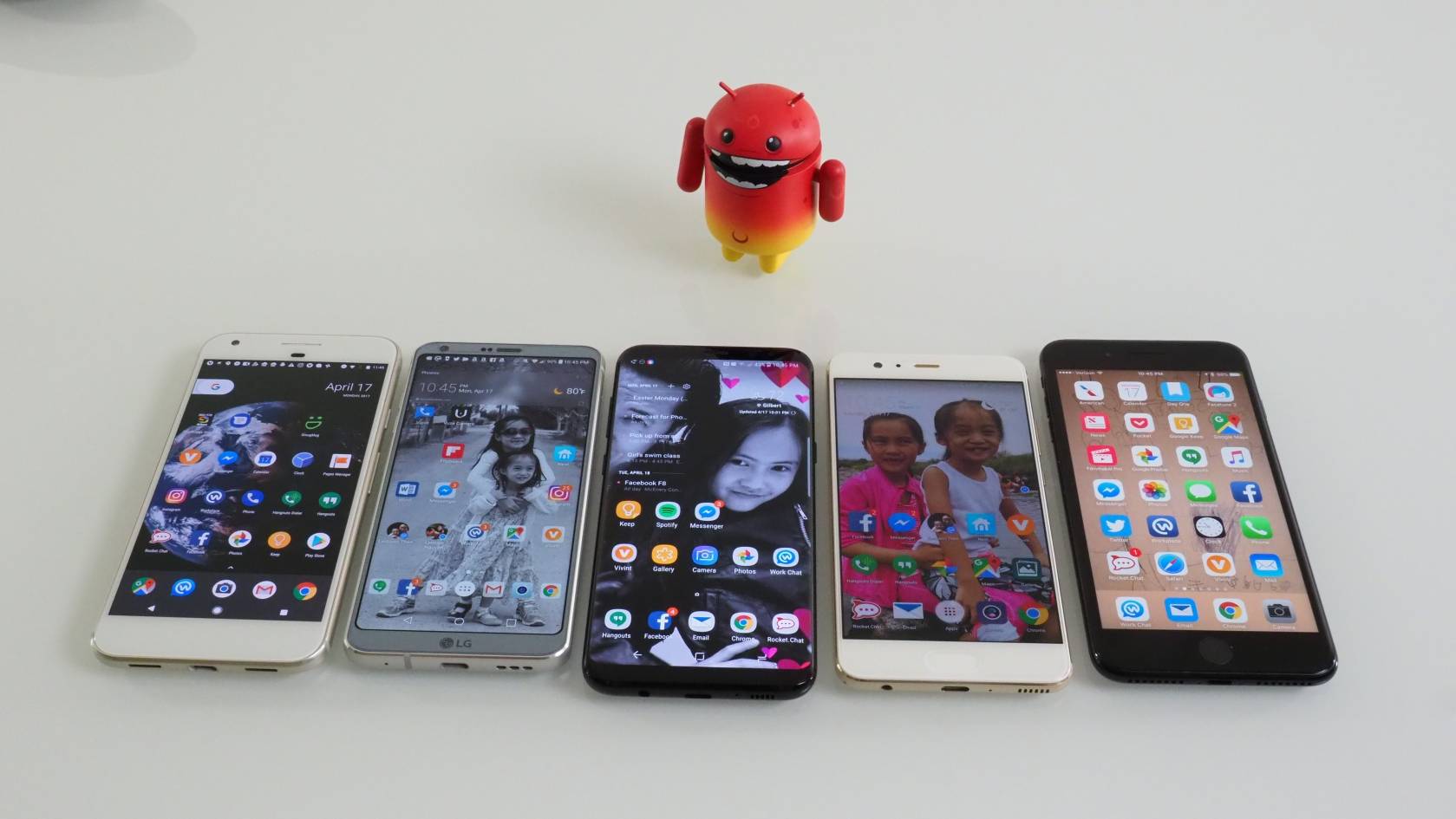
Unfortunately, Samsung might be sending the wrong signals at launch. Although one could say that Bixby is a non-essential addon, Samsung’s thrust would lead you to believe otherwise. Which is why it is both perplexing and disappointing that it isn’t putting it best foot forward right from the start. Samsung is also leaning heavily on the Internet of Things but hasn’t ensured a smooth and painless experience, especially with non-Samsung services and devices. Sadly, it might be these little nitpicks that will mar first impressions of the Galaxy S8. And, as they say, first impressions last.
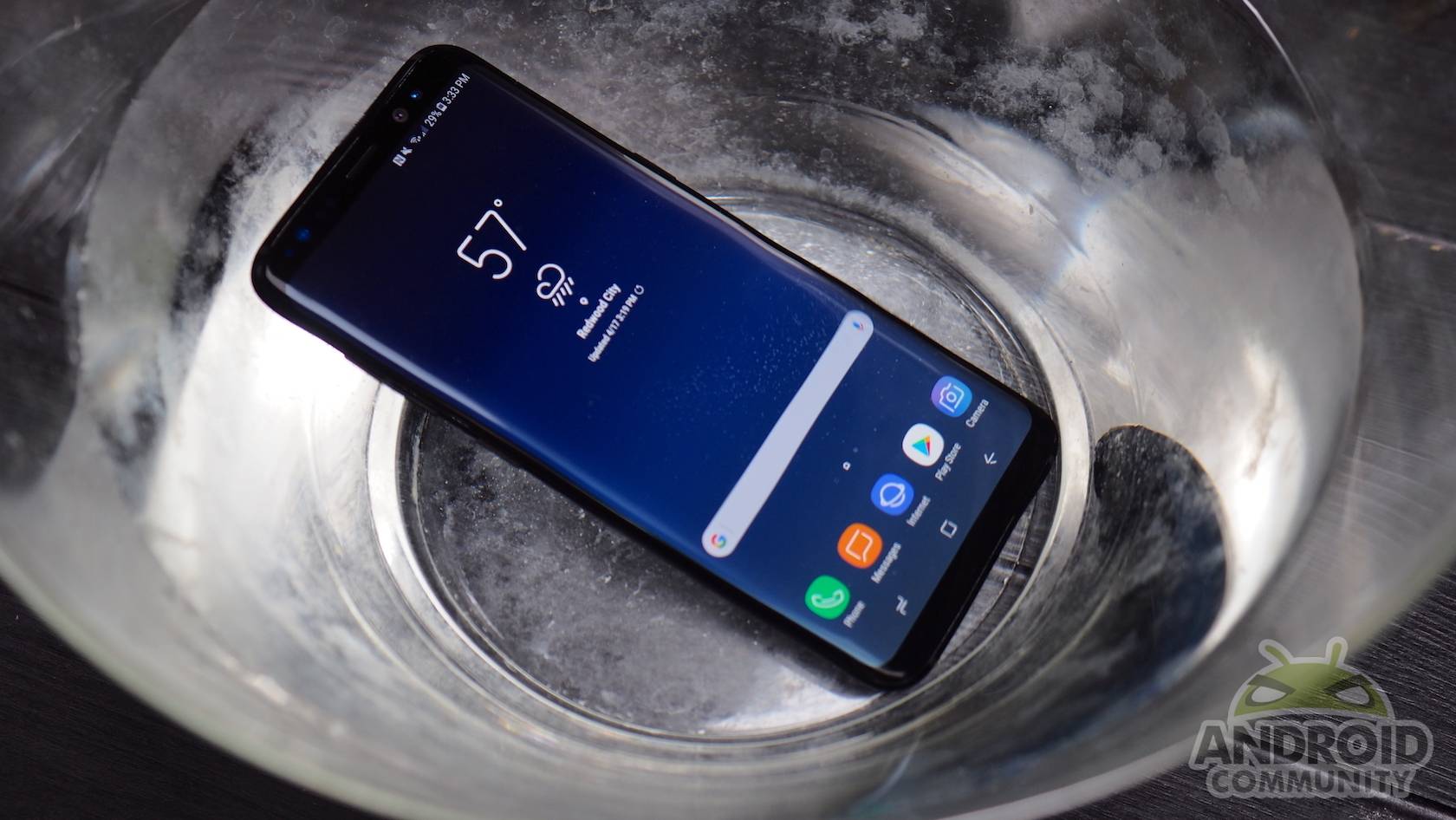

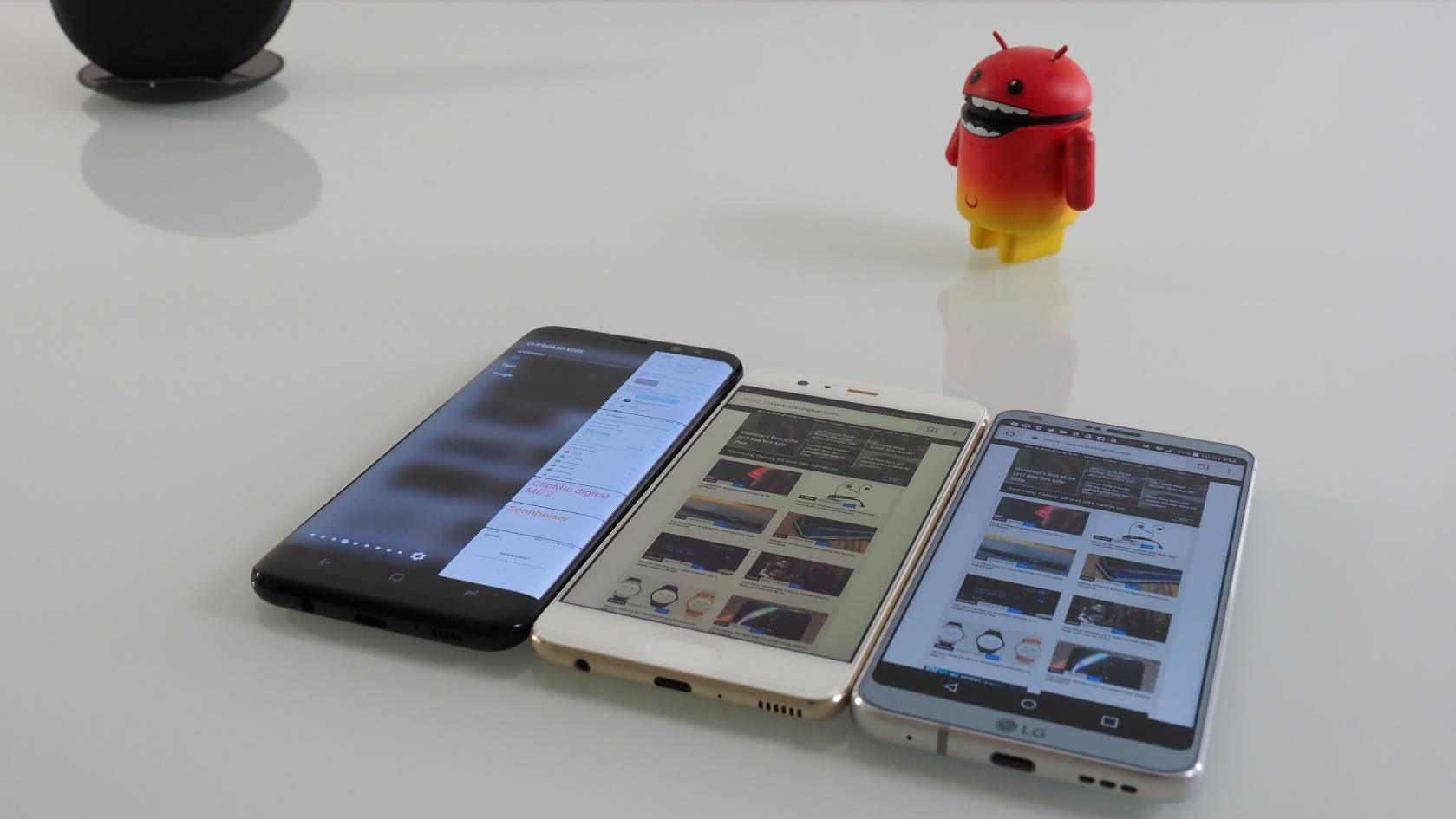


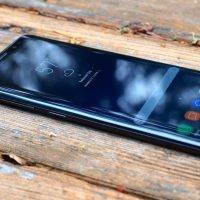

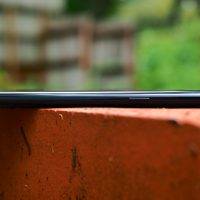
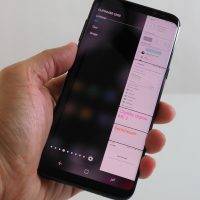
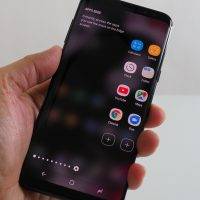

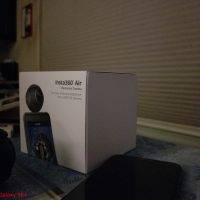



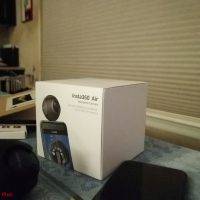
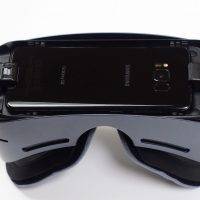

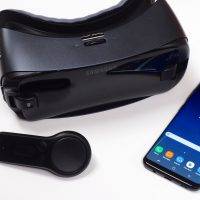
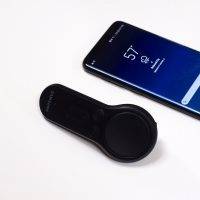

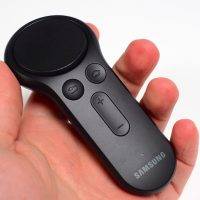

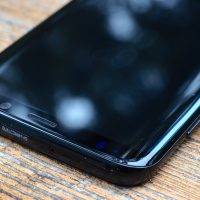
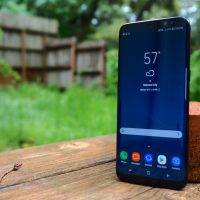
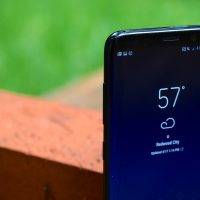
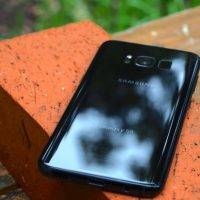

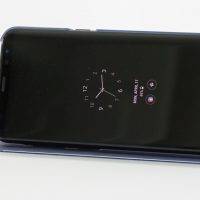


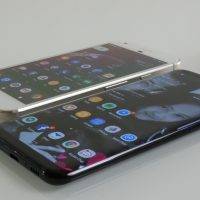

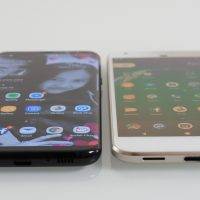

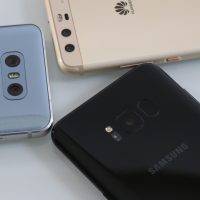
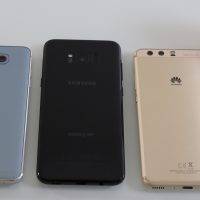








Only concern may be the battery life for the phone to be usable with all the remarkable features it possesses
The Samsung Galaxy S8’s fast speeds and fantastic curved screen make it a top phone for 2017, but the annoying fingerprint reader could sour your experience.The Samsung Galaxy S8 is without a doubt the most beautiful, polished.
wonderful phone but can not stand its price 🙁
Sprint now offering it @ half price
Don’t bothered about Processor Snapdragon 835 and Samsung’s own in-house Exynos 8895. The two chips are extremely similar – in fact both are manufactured by Samsung on its cutting-edge 10nm fabrication process. The Exynos matching or even exceeding Qualcomm’s latest and greatest silicone. The Exynos 8895 has four custom Samsung M2 CPU cores and four ARM Cortex-A53 cores running at up to 1.9GHz, balancing performance and power efficiency. There’s also an integrated ARM Mali-G71 GPU which promises up to 60 percent better graphics performance than before. The Exynos 8895 supports cache coherency between CPU and GPU cores, reducing latency for complex tasks
How About Doogee Mix Guys it Look Really Good with 4gb+64Gb and also 6Gb+64 Amazing with 5.5″ display it really a classy phone I’m Going To buy it Very soon Super Excited About it